Brit Iron, Photography and 1970s NYC: Allan Tannenbaum's Life Comes Full Circle
John & Yoko | James Brown | Debbie Harry, Chris Stein | The Rolling Stones | Joe Strummer | The Ramones — Allan Tannenbaum
Allan Tannenbaum’s SoHo Blues studio is a living museum of memories from the ‘70s NYC music and arts scene, and the equipment used to capture them, a testament to the native New Jerseyan’s resilience and resourcefulness behind a lens.
Images of John and Yoko, Blondie, James Brown, The Ramones, The Rolling Stones, Andy Warhol and The Clash keep a period in the city’s robust cultural history alive, a collection and a tale soon to be explored in an upcoming documentary on the now 74 year old, directed by Michael Epstein.
It’s a story birthed from a love of Brit culture – music, film, fashion and motorcycles from the 1960s – says Tannenbaum, a recent speaker at Motos and Photos : NYC, who cut his photographic cloth as a shooter for the SoHo Weekly News covering the vibrant scenes at Studio 54, CBGBs and beyond, more than four decades ago.
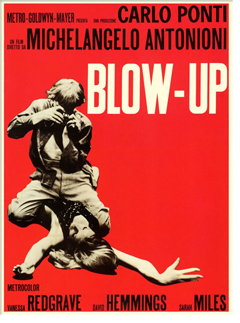 For Tannenbaum, motorcycles and photography were indelibly intertwined … a Triumph T100 featured in one of his first art school films – No Satisfaction, his early journalistic career saw him completing features for Motorcyclist magazine, and he in fact discovered his first full-time photo gig at the SoHo paper while parking his Norton Commando outside the Broome Street Bar in Manhattan. Not even he could foresee where his career would take him, eventually shooting the bands he so revered in his formative years and making lifelong friendships with those music icons.
For Tannenbaum, motorcycles and photography were indelibly intertwined … a Triumph T100 featured in one of his first art school films – No Satisfaction, his early journalistic career saw him completing features for Motorcyclist magazine, and he in fact discovered his first full-time photo gig at the SoHo paper while parking his Norton Commando outside the Broome Street Bar in Manhattan. Not even he could foresee where his career would take him, eventually shooting the bands he so revered in his formative years and making lifelong friendships with those music icons.
“I got interested in motorcycles in the ‘60s, and I guess it was a liking for all things British, at that time,” he recalls. “It was these two British bands, The Beatles and the Stones, that brought back rock n’ roll, and all of the other British bands as well. And along with the music came the fashions, and the movies, and the way those girls used to look … those British birds with their mini-dresses and their bangs … that whole British style.”
Tannenbaum also points to Michelangelo Antonioni’s mystery thriller Blow Up (1966) for fueling his desire to be a photographer, with its almost romantic take on the London fashion scene through the eyes of a photographer ‘Thomas’, played by actor David Hemmings.
“There were other British films, but Antonioni’s was a huge influence on me,” he said adding the movie even prompted him to ask for a Hasselblad as a graduation gift after he completed his BA in Art at Rutgers University in 1967. That camera, which has captured numerous celebrity portraits over the years, still sits in the studio on a tripod, ready for action.
Soho News feature on a local bronx biker gang, the Ching-a-lings — Allan Tannenbaum
So being a part of that scene, and not just being somebody parachuting in – to take a picture, and write a story, and leave – made it possible to develop relationships with these people. And my style was pretty laid back and easy-going, so I was able to develop friendships that are still friendships today.
T H E B E G I N N I N G
Tannenbaum discovered his ‘first’ fully paid photo gig in the early '70s riding a Norton Commando he bought in England for $980; He rode it throughout Europe before bringing it stateside for the commutes between New Jersey and Brooklyn.
“I worked on ships, I worked as a cab driver, and I saved my money,” he said, adding Norton’s ‘personal export scheme’ allowed buyers to import their rides back to the US tax free.
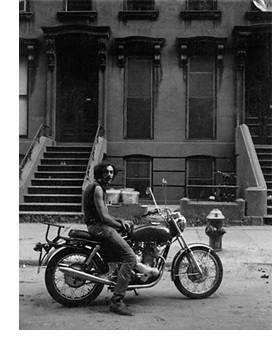 “The first time I saw the SoHo News was when I was hanging out at the Broome St. Bar. There were free copies on top of the cigarette machine. This Norton, which I used to ride there, bought me to my first break ... my first opportunity working as a photographer.”
“The first time I saw the SoHo News was when I was hanging out at the Broome St. Bar. There were free copies on top of the cigarette machine. This Norton, which I used to ride there, bought me to my first break ... my first opportunity working as a photographer.”
The times were a mixed blessing as a reckless driver robbed Tannenbaum of his cherished ride in late summer 1973; As he attempted a right-hand turn on Dekalb Avenue, near Brooklyn’s Fort Green Park, a car ran a red light and slammed into Tannenbaum's Norton, totaling it out from under him.
The new job, however, saw the former photography teacher flourishing as a photojournalist along with a culturally invigorated city.
“When I got the job at SoHo News everything opened up right away because of the things we used to cover. And SoHo was really an art center and music center because of the cheap lofts. So, you had visual artists, performance artists, bands, musicians, video and film people, dance companies, everybody who’s into space ... these spaces that were cheap. And there were galleries coming in, and the bars. It was quite a scene and a lot of creative energy which, sadly, is not here anymore.”
Initially paid $5 a photo until he could prove himself to the paper’s editor, Tannenbaum, who even back then sported a robust mustache, quickly found his place and the opportunity to photograph a wide array of interesting people.
“Since we were a hip paper … not like the New York Times … we were definitely part of the scene. We would hang out in places where people like Debbie Harry performed or the Ramones. I knew Patti Smith from when she was starting out. And I had a good ‘in’ there because Lenny Kaye –her guitar player – and I were friends at Rutgers in the ’60s, and we used to sometimes play together.
“So being a part of that scene, and not just being somebody parachuting in – to take a picture, and write a story, and leave – made it possible to develop relationships with these people. And my style was pretty laid back and easy-going, so I was able to develop friendships that are still friendships today.”
Yoko Ono, Debbie Harry and Chris Stein of Blondie – they’re just a few of the names Tannenbaum has in in circle of friends.
“When you’re with people who are famous, they always know when somebody is after them for something, or if you’re not genuine, or not sincere, or if you’re not cool. And with John (Lennon), for example, I did have coffee with him and Yoko. And afterwards Yoko told me, ’John feels comfortable with you.’ So, it was just like that, very simple. And that’s how I got a lot of my photographs … a lot of times it was just people. I made sure that I knew something about the person or something in common they would be interested in or a mutual interest, and you just start a rapport like that. People felt comfortable … that was the main thing.”
1989 World Press photo competition spot new stories, first prize, coverage of the Intifada — Allan Tannenbaum
I mean if you see enough death and destruction … My wife (Debora) would tell me when I came back from these stories, I was different and maybe irritable. I saw a lot of this in Rwanda in ’94 … a lot of mass death, and it was just horrifying, literally horrifying. And the of course, here in 9/11, that was incredible, just so unimaginable … that so much death and destruction would come to us here in New York City.
C H A N G I N G L A N E S
Back then he shot with a fully manual Olympus OM1 (still in his studio), initially developing his own film and prints before the paper’s success allowed it to expand with darkroom personnel.
Tannenbaum says the high point of this period was photographing John Lennon and Yoko Ono for the paper, which persisted until 1982. The low point was the murder of John Lennon ten days after his famous photo session. Sobering times.
Freelance collaborations with magazines including Newsweek and New York Magazine also led to Tannenbaum joining the French photo agency Sygma as a staff photographer, covering national and international stories of historical importance. He traveled with Geraldine Ferraro on her 1984 vice-presidential campaign and went to Nicaragua that year to cover preparations there for a feared U.S. attack. His first really big international stories were the volcanic disaster in Colombia that buried more than 20,000 people alive, and unrest in South Africa. He covered the Philippine Revolution, the Karenni rebellion in Burma, the Palestinian Intifada, violent demonstrations in Korea, the siege of Kabul, German reunification, the situation in Northern Ireland, Operation Desert Storm in Kuwait and Iraq, the Gulf Crisis in 1998 from the nuclear carrier U.S.S. George Washington in the Persian Gulf, and the Rwandan refugee crisis. And he won a first prize in spot new stories at the World Press Photo competition in 1989 for his coverage of the Intifada.
Capturing some very harsh realities definitely took its toll on Tannenbaum, both abroad and here in NYC.
“I mean if you see enough death and destruction … My wife (Debora) would tell me when I came back from these stories, I was different and maybe irritable. I saw a lot of this in Rwanda in ’94 … a lot of mass death, and it was just horrifying, literally horrifying. And the of course, here in 9/11, that was incredible, just so unimaginable … that so much death and destruction would come to us here in New York City.”
His years of training, though, as the Twin Towers were under attack, had Tannenbaum immediately shooting the scene and capturing an instantly recognizable image from the day.
“I remember thinking on 9/11 that first of all you’ve got to keep yourself safe … it’s dangerous. Second of all, you have to remember how to operate when things are chaos, how to use the camera … especially as I used to shoot chrome color slides, and your exposures have to be practically perfect. You have to remember to really concentrate on what you’re doing. And the third thing is while you’re doing this, you can’t believe it’s what you’re seeing. But you have to believe it, because it’s right there in front of you. So, there’s a lot to think about, a lot of emotions, and that’s how you have to operate and keep your wits about you.”
“The photo of Tim Duffy riding his Harley into the debris of 9/11 is just an amazing shot, but I was ready … I was looking (for a shot). I was on Broadway and it was just after the first tower collapse. There weren’t that many people around. The light was changing because the dust cloud had dissipated somewhat, so light was coming through, and I had to have my camera ready. I think maybe I heard something. I saw something maybe, out of the corner of my eye, but when I saw that, I was ready to have my exposure correct, and luckily, I had my focus correct.”
Firefighter Tim Duffy rides his Harley to ground zero on 9/11 — Allan Tannenbaum
I think maybe I heard something. I saw something maybe, out of the corner of my eye, but when I saw that, I was ready to have my exposure correct, and luckily, I had my focus correct.
B A C K T O T H E ' 7 0 s A N D B R I T I R O N
Tannenbaum continues his photojournalistic career even today, has an enviable and successful collection of photo books to his name, but currently is consumed by two projects … returning to British bikes and ‘70s NYC subculture.
Coming full circle, he is back riding Brit Iron, a 1968 Norton Commando 20M3 – acquired in the mid-90s and restored to spec at 6th Street Specials. And he has refined the documentary concept he has been working on for a while to concentrate on the period he shot for the SoHo News.
Tannenbaum’s ‘new’ Norton Fastback took over a decade to see asphalt again, racking up about $8,000 in restoration fees before he finally got to ride it in 2016.
“First, I brought it Kenny Cummings at NYC Norton, because he does these amazing restorations. But he told me it would cost about $18,000 and take a year to do. I didn’t have that kind of money. So, he recommended that I take it over to Hugh Mackie at 6th Street Specials. I talked to Hugh about it, he went and picked it up, and they essentially rebuilt it.”
Since then Tannenbaum helped organize a 50th Anniversary Norton Commando event last year with Brooklyn’s Union Garage. And his bike was also honored in the UK’s Norton Owner’s Club calendar as the June bike for this year.
As to Norton's modern bikes, Tannenbaum has a definite opinion.
"I’m on the Facebook group of Norton Commandos, and there’s a lot of talk about whether they’re really Nortons or not ... they are," he said. "They’re kind of in the mold of all the modern bikes in a lot of ways, in their angularity and styling. The one thing I do like is the way the engine is very reminiscent of the Commando engine.
"You can’t expect them to produce what they used to produce and be viable, and at the same time keep the name alive. And I think, in a way, it keeps the value of these older bikes high because they’re special. I think the Norton Commando was the ultimate design. It’s the most beautiful motorcycle I’ve ever seen. Just from this one design that could do so many things well: it’s a great café racer; it’s a production racer, competing in road races; it’s a touring bike. You can go anywhere on it, and people do. I did it. I love it (even if) it’s not the most comfortable bike or the most fault-free bike."
For his documentary, Tannenbaum has been in touch with director Michael Epstein. The two worked together on a John Lennon film called LennoNYC (2010), with Tannenbaum providing still photographs for the project.
“I know he also done a documentary on a US Marine who was charged with a massacre in Iraq, a very powerful film called House Two. So, he’s a serious filmmaker, he knows what he’s doing, he’s a nice guy, and he likes my work."
The concept would see Tannenbaum’s book New York in the 70s brought to life with interviews of some of the celebrities he has shot, such as Debbie Harry, setting the scene.
“We’re talking about, how we’re going to get started, and he brought over his cameraman. So, it seems like finally, we’re going to seriously move forward. Of course, one of the things you’ve got to do when they make a film even if you’re shooting a video … you’ve got to get money. So, we’re looking for funding. But we’ve got some possibilities that are opening up there too. Like everything else that I’ve tried to do, virtually everything, if I get an idea, I’m very determined to stick with it. I persevere, and I’m sure that we’ll get it done.”
Allan Tannenbaum's 1968 Norton Commando 20M3 — Roberto Serrini, Allan Tannenbaum
You can see more of Tannenbaum’s incredible work online at sohoblues.com, and sohobluesgallery.com, where large art prints are available for purchase. Instagram: @soho_blues
All of Tannenbaum's books, including his first, New York in the 70s, and his most recent offering, Grit and Glamour - The Street Style, High Fashion, and Legendary Music of the 1970s, are available on Amazon.com.
Tannenbaum was one of three featured speakers appearing at Motos and Photos Night : NYC - Part Deux, Jan. 24 at Filipacchi.




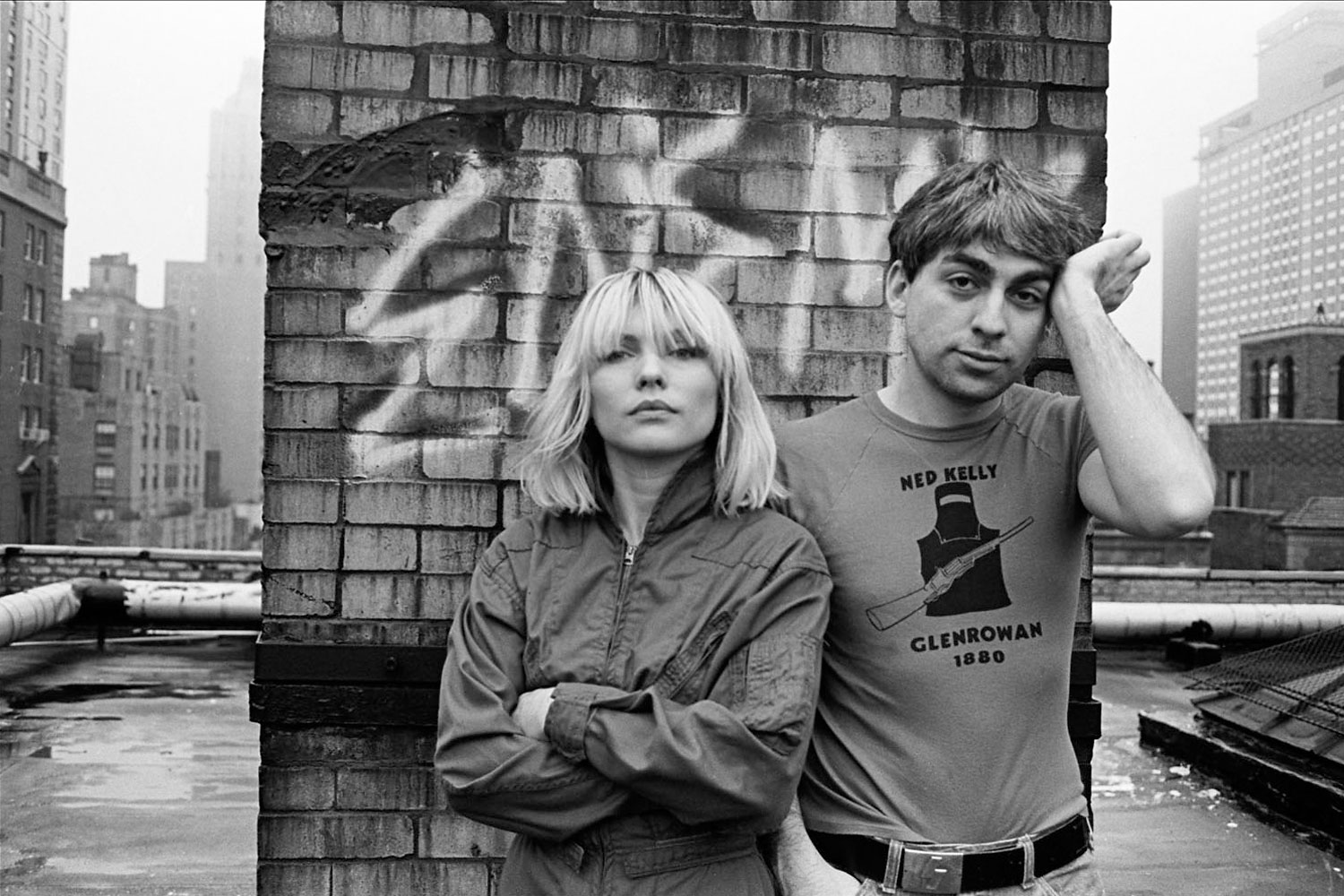
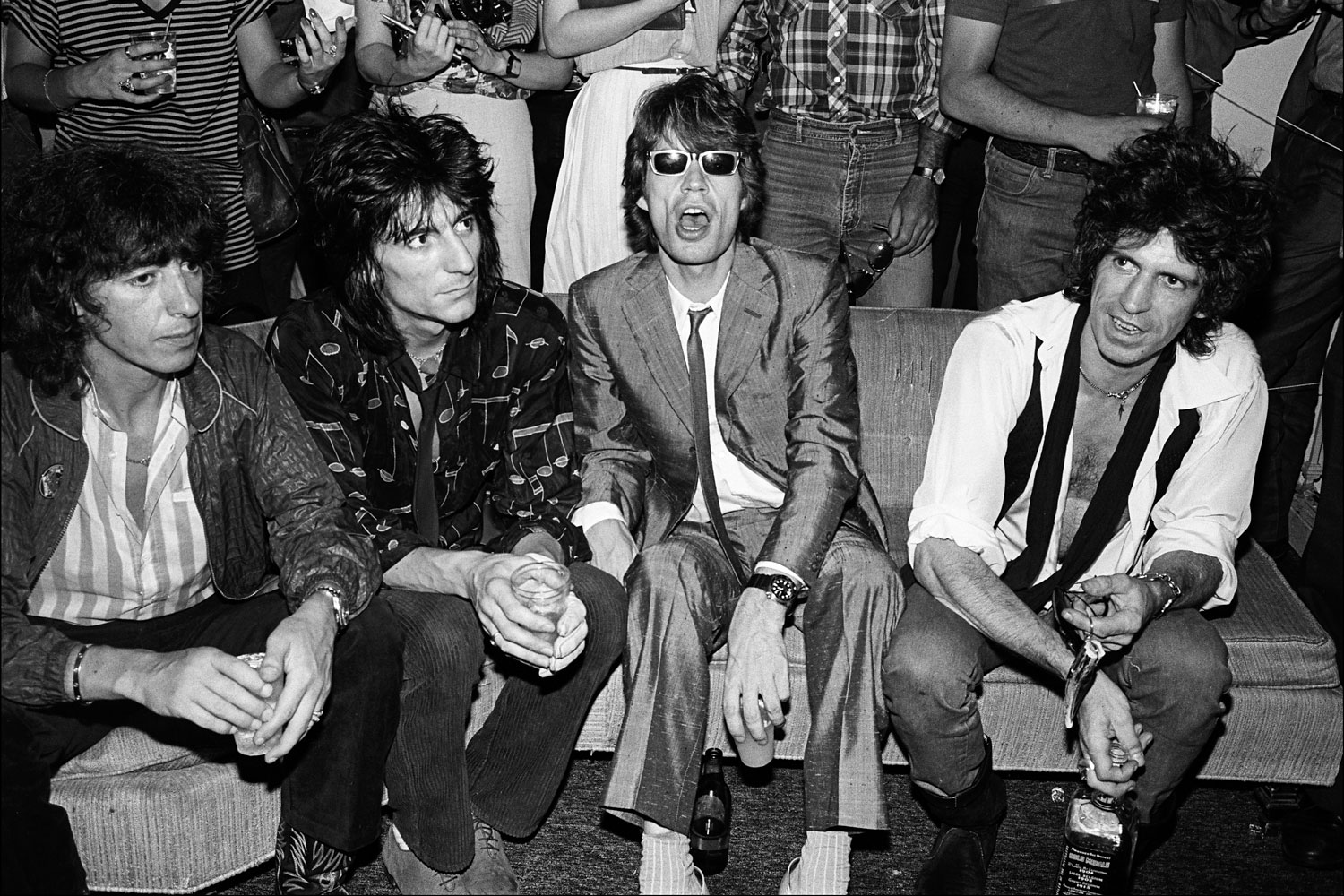
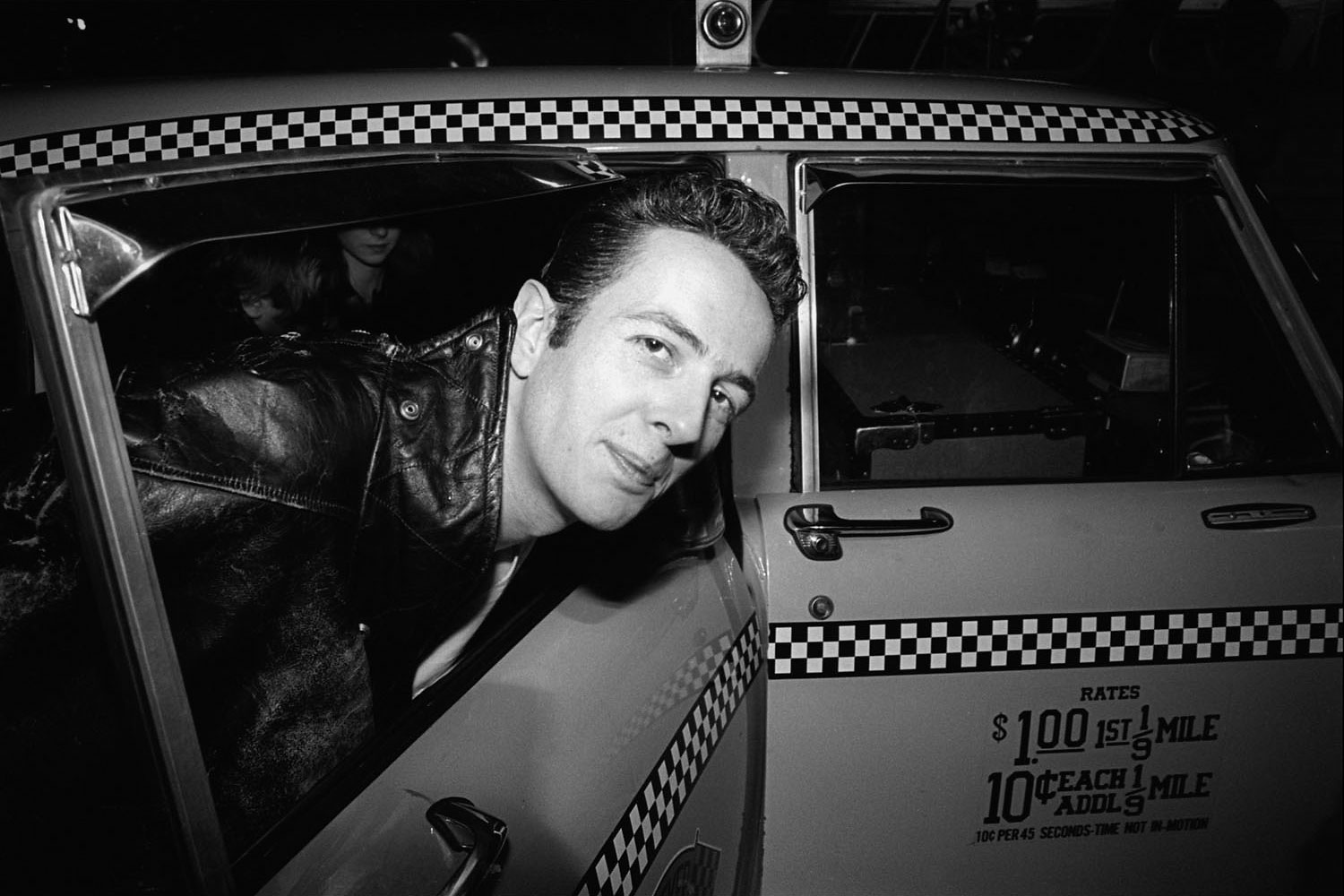
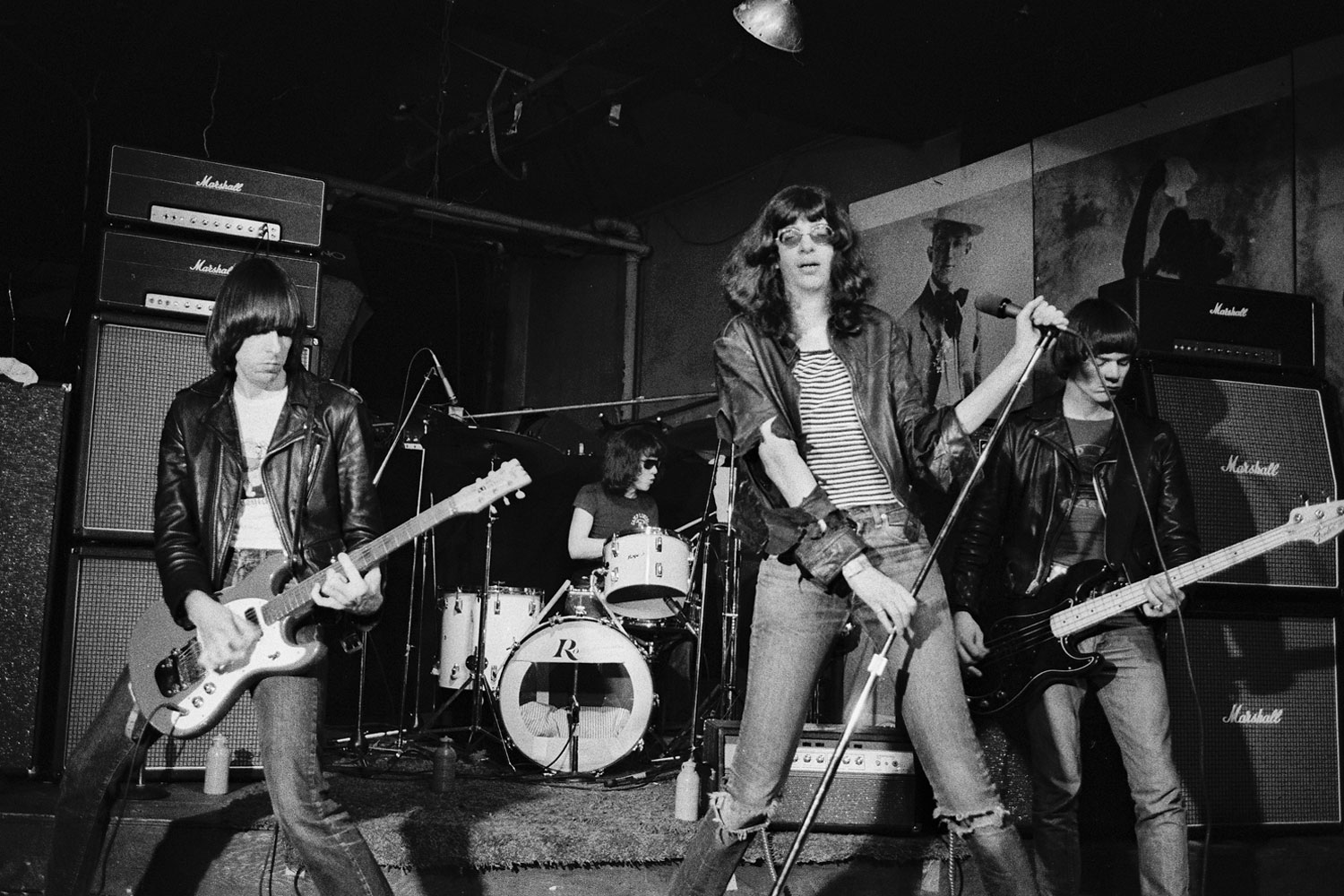

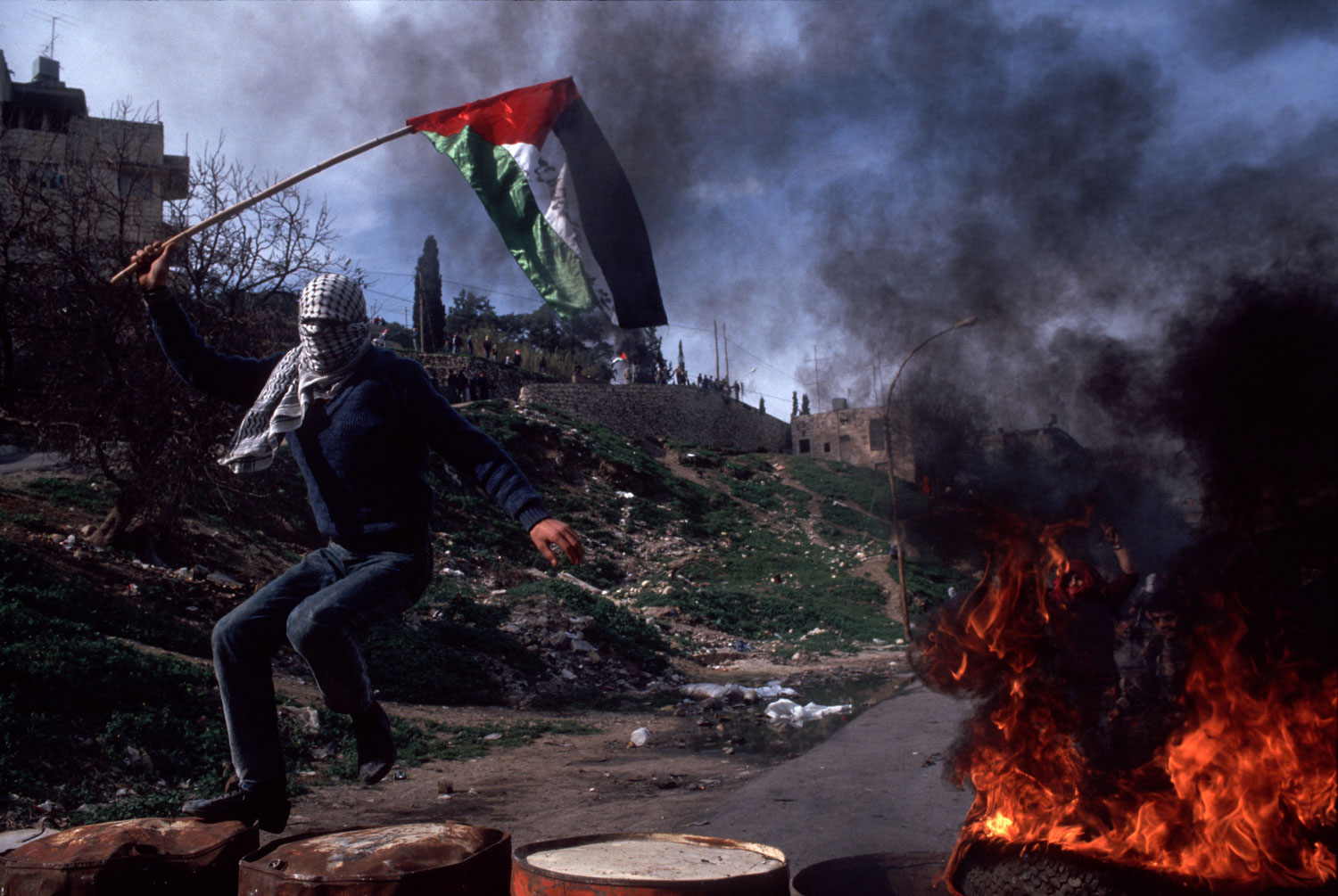
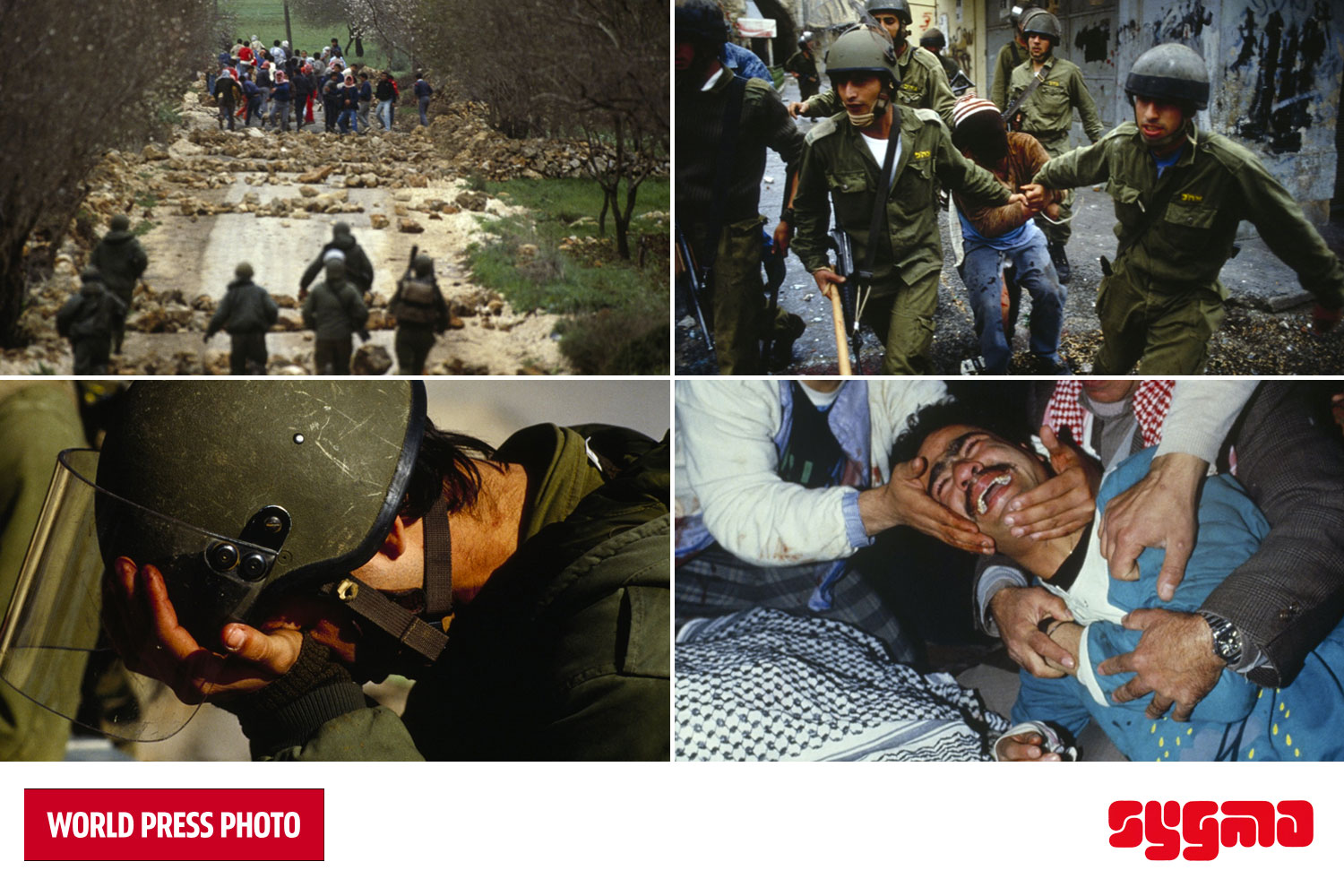
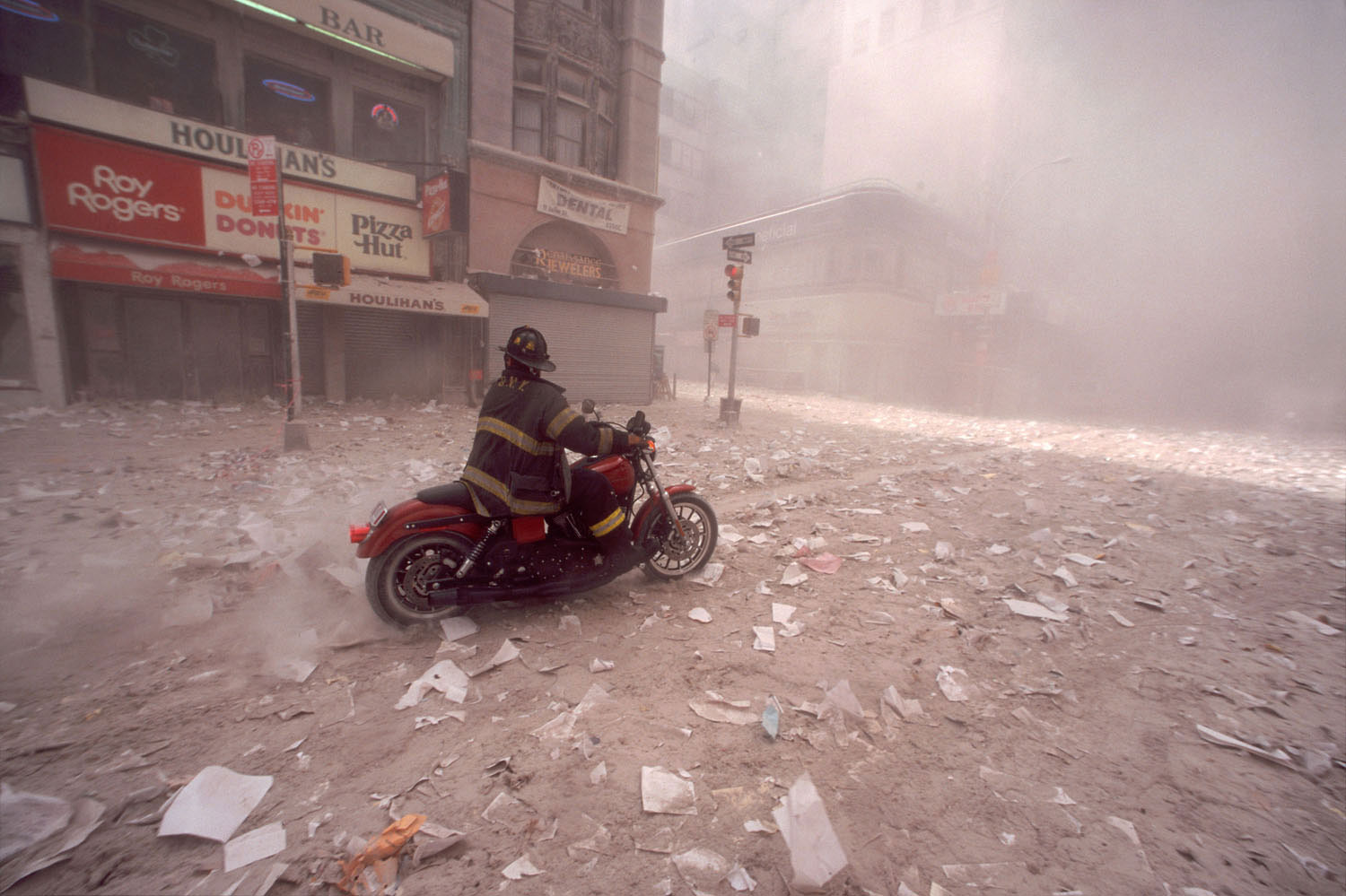
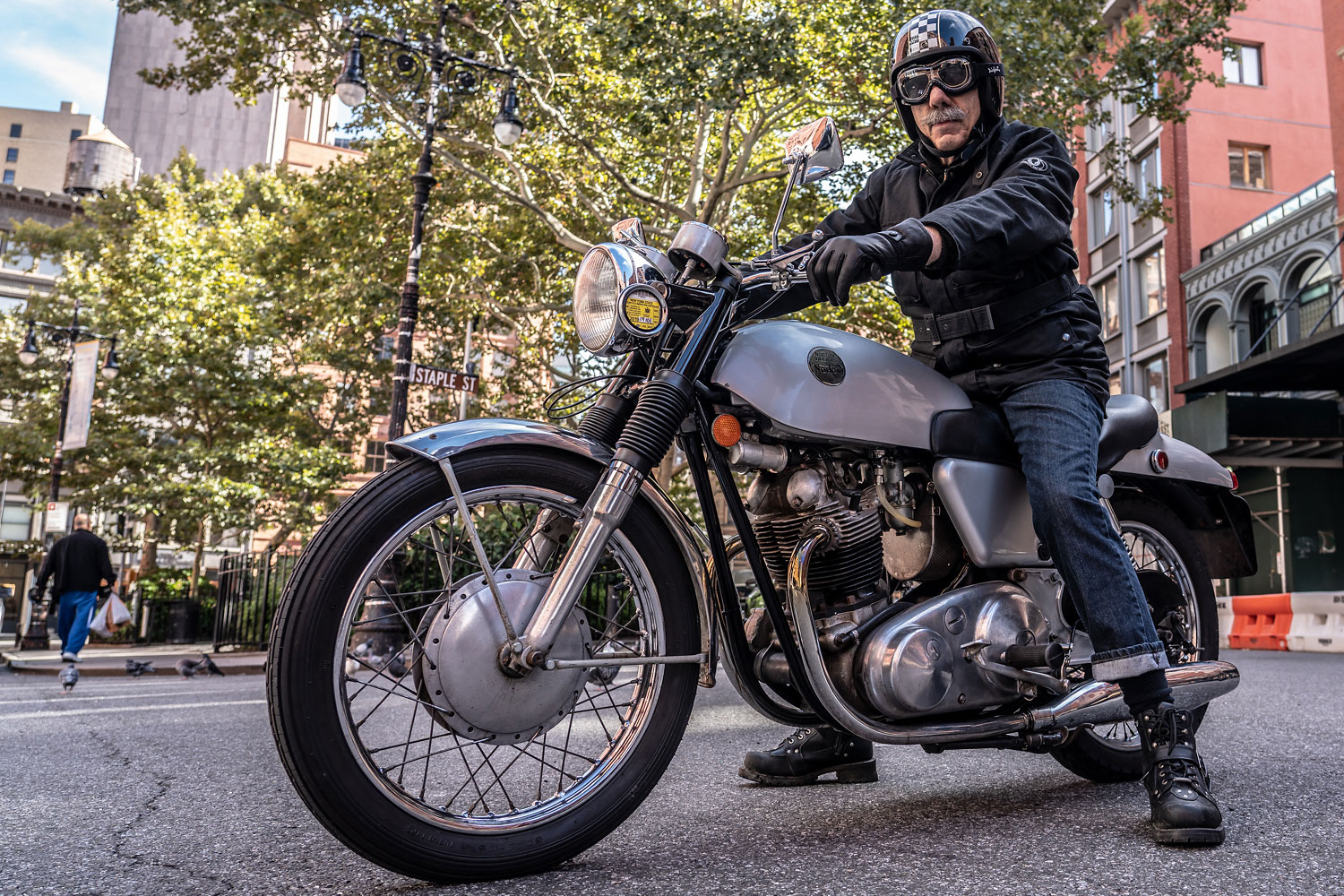
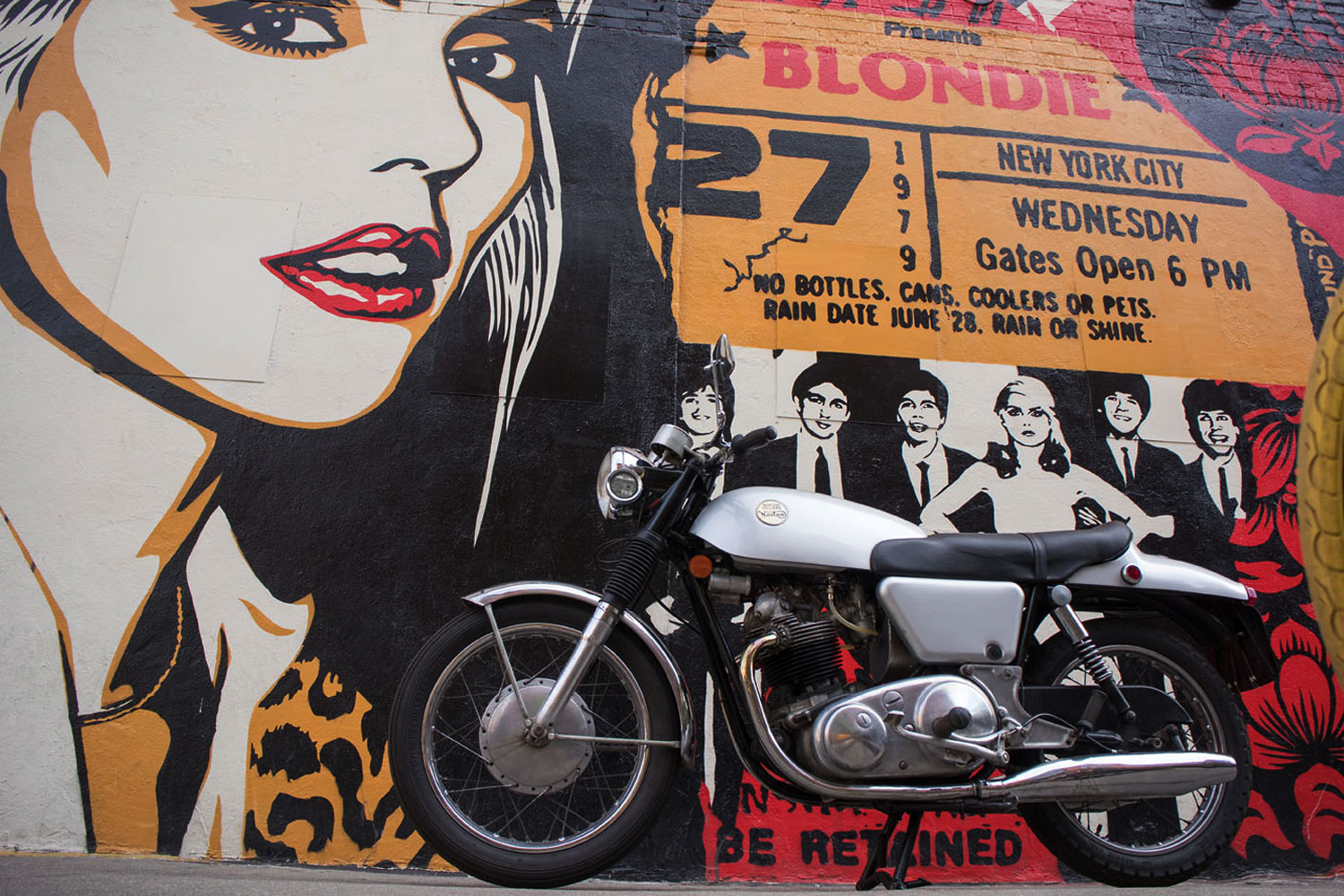


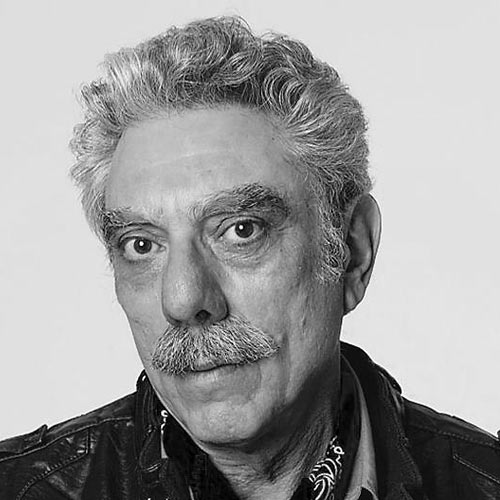
Leave a Comment